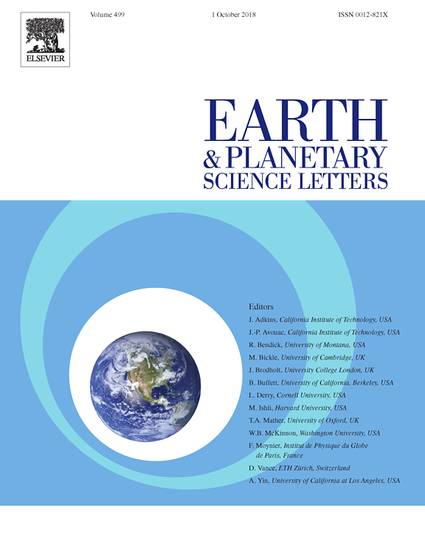
In paleointensity studies, thermoremanence is generally regarded as a linear function of ambient inagnetic field at low fields comparable to that of the present-day Earth. We find pronounced nonlinearity at low fields for a class of materials with silicate-hosted magnetite that otherwise perforin well in paleointensity experiments. We model this nonlinearity with narrow size ranges of large, acicular single domain grains, which are most likely in a vortex state (i.e. nonuniformly magnetized, sometimes labeled pseudosingle domain). Simple TRM theory predicts that even certain single domain particles will also exhibit a nonlinear response, saturating in fields as low as the Earth's. Such behavior, although likely to be rare, may bias some paleointensity estimates. The bias is especially pronounced when the laboratory field is higher than the ancient field. Fortunately, the fundamental assumption that thermoremanence is proportional to applied field can (and should) be routinely checked at the end of successful paleointensity experiments by adding two extra heating steps.
Available at: http://works.bepress.com/peter_selkin/5/
